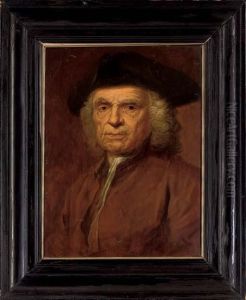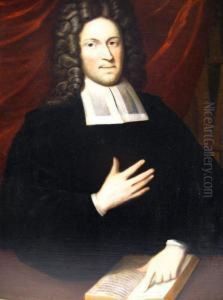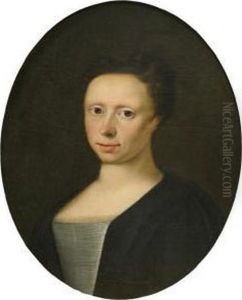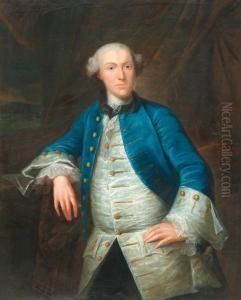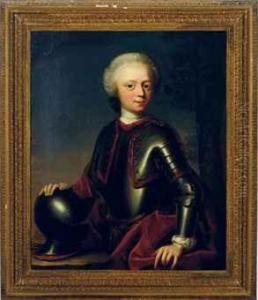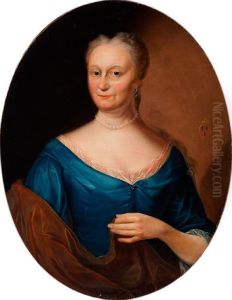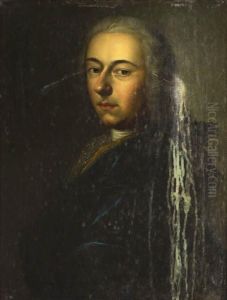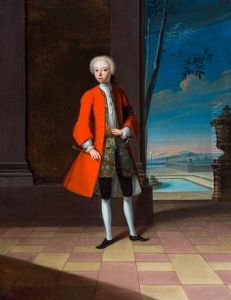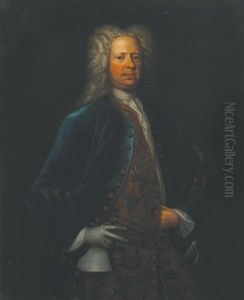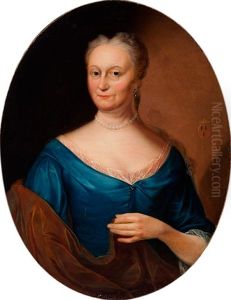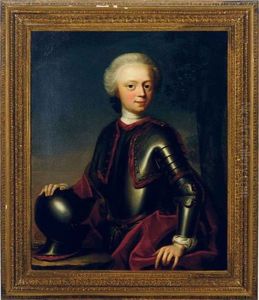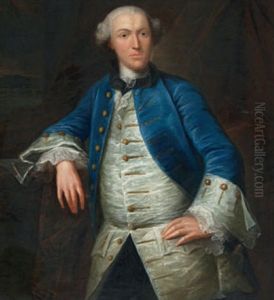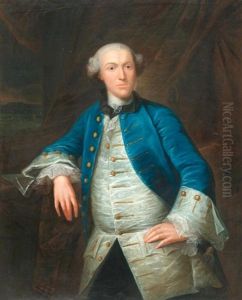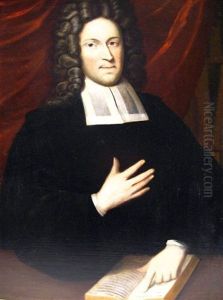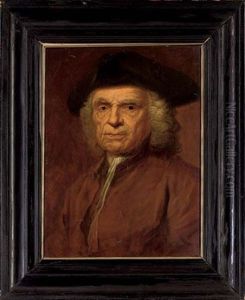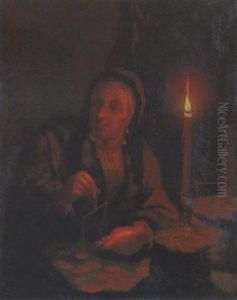Gerard Jan Palthe Paintings
Gerard Jan Palthe was a Dutch painter born in 1681 in the Netherlands, a region renowned for its rich tradition in the visual arts during the Dutch Golden Age. Although Palthe was born after the peak of the Golden Age, he was deeply influenced by its aesthetic values and techniques. His life and work were situated in the city of Zwolle, where he spent the majority of his career. He was part of a family with strong connections to the arts, which likely provided him with an environment conducive to his artistic development from a young age.
Palthe is best known for his portraits, a genre that flourished in the Netherlands during the 17th and 18th centuries. His style was characterized by a meticulous attention to detail and a keen eye for capturing the essence of his sitters. Despite the popularity of portraiture in his time, Palthe managed to distinguish himself through his unique approach to lighting and composition, drawing inspiration from earlier masters of the Dutch Golden Age while incorporating his own contemporary sensibilities.
Throughout his career, Palthe remained relatively localized in his activities, focusing on the communities around Zwolle and rarely venturing far for commissions. This local focus did not, however, diminish the quality or demand for his work. He was well-respected within his community, both for his artistic skills and for his dedication to capturing the likenesses and personalities of his subjects.
The legacy of Gerard Jan Palthe is not as well-documented as some of his contemporaries, partly due to the more regional focus of his career. Despite this, his contributions to Dutch portraiture and his role in the continuation of the Golden Age's artistic traditions into the 18th century are recognized among art historians. His works are preserved in various Dutch museums and collections, where they continue to be studied and appreciated for their craftsmanship and historical value.
Gerard Jan Palthe passed away in 1767, leaving behind a modest but significant body of work that continues to offer insights into the social and cultural milieu of his time. His portraits not only serve as a window into the individual lives of his sitters but also as a reflection of the artistic and societal norms of the Netherlands in the late 17th and early 18th centuries.
